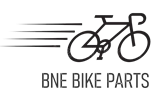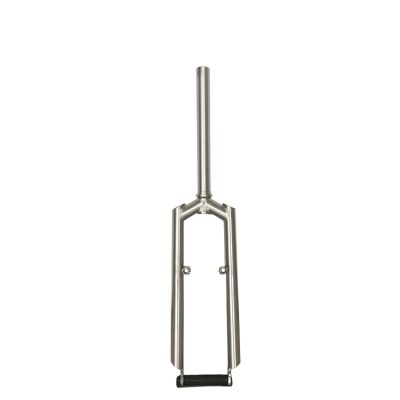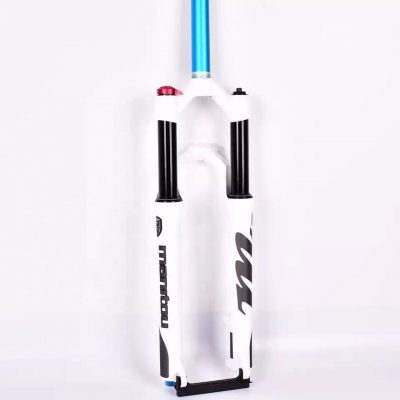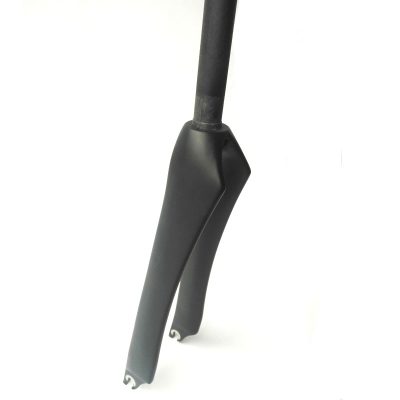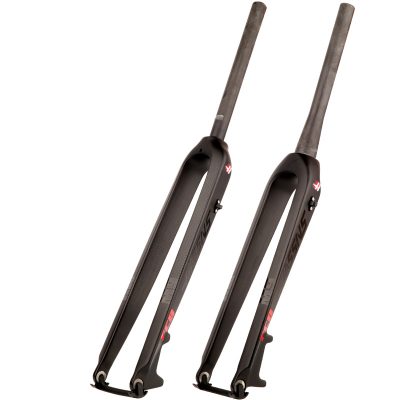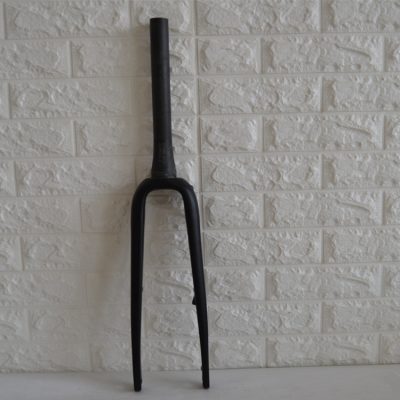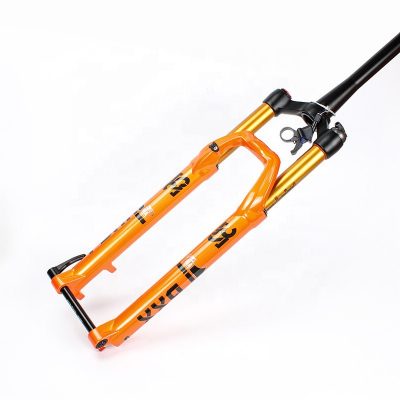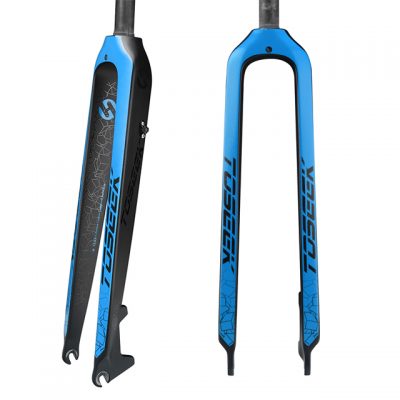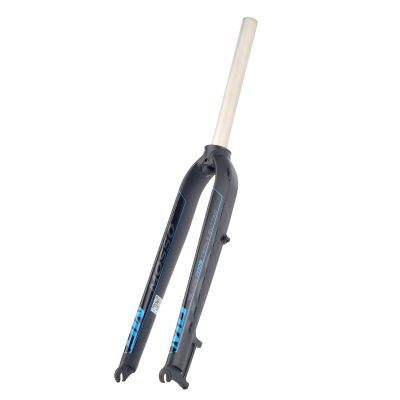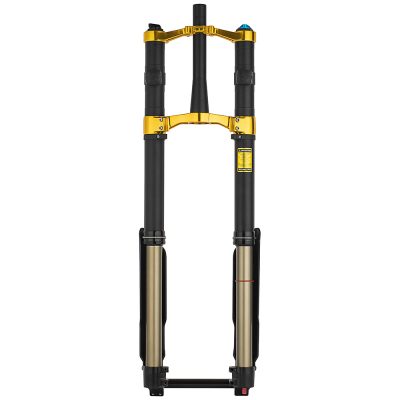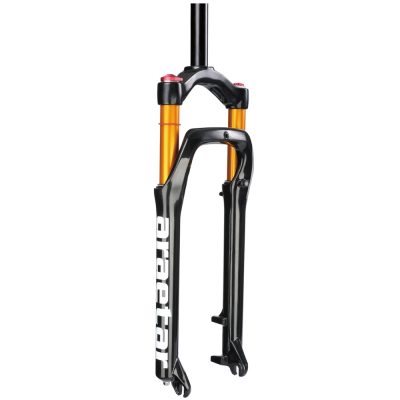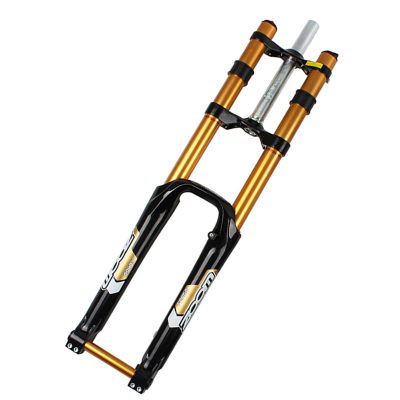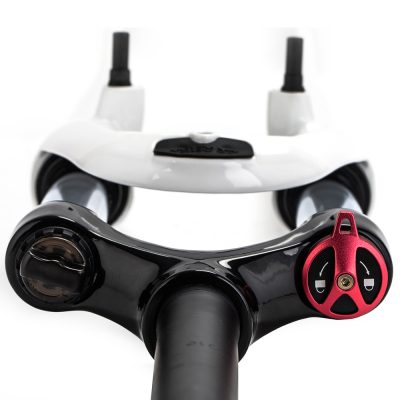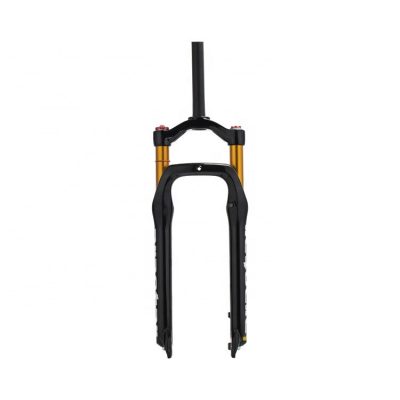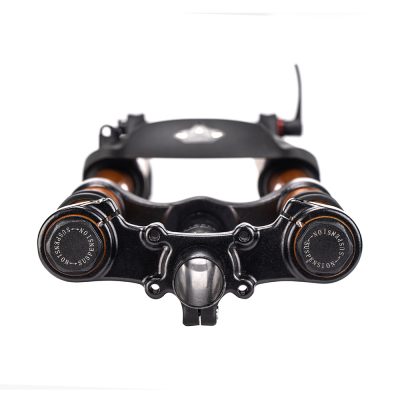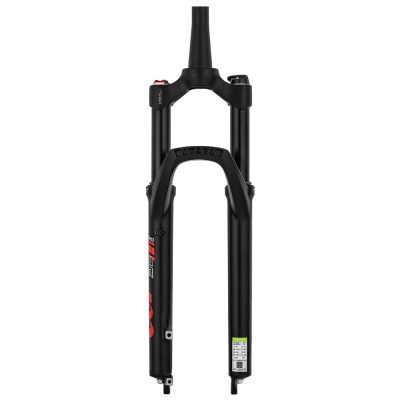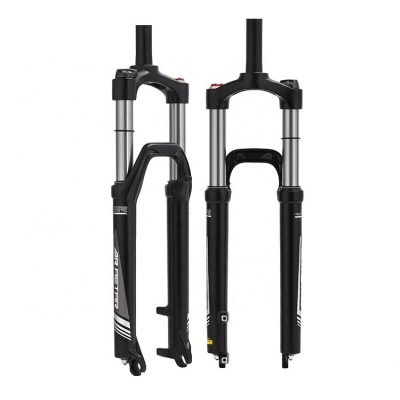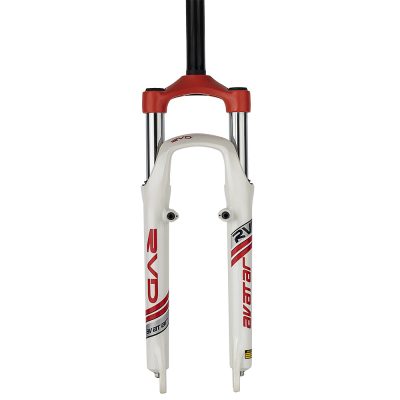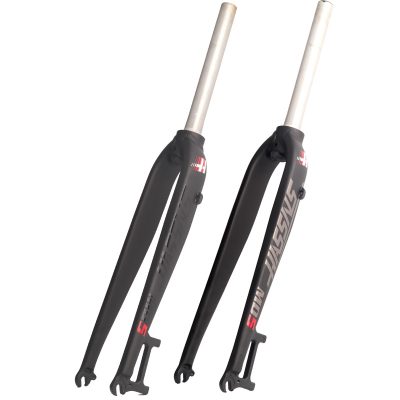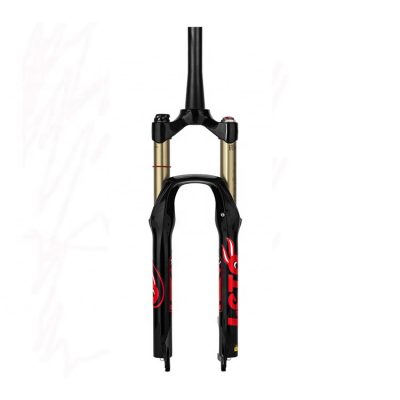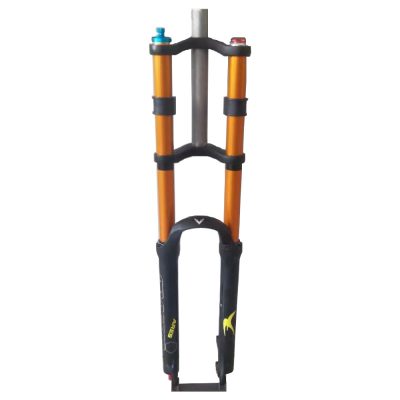Bicycle fork definition
The front fork part of the bicycle is located in the front part of the bicycle structure. Its upper end is connected with the handlebar part, the frame part is matched with the front tube, and the lower end is matched with the front axle part to form a guiding system of the bicycle. Rotating the handlebars and the front fork can change the direction of the front wheel, which serves as a guide for the bicycle. In addition, it can also play a role in controlling the driving of the bicycle. The force of the front fork is a cantilever beam, so the front fork must have sufficient strength and other properties.
Bicycle front fork structure classification
1. The spring, as the name implies, uses the spring as the shock-absorbing medium. It is mainly used for low-end forks. It has a simple structure. Generally, there is a spring on one side of the front fork, or there are springs on both sides. Generally, the former is mostly. This kind of fork is low in cost and not expensive. This kind of fork generally has a soft and hard adjustment function to obtain different soft and hard by compressing a spring, and at the same time, it will lose a certain amount of travel.
2. The term oil spring should be understood separately: oil resistance + spring. This type of fork is based on the above, with oil damping added on the other side of the spring. Oil damping is the use of oil to adjust the speed of spring rebound. This kind of fork generally has the function of rebound adjustment, locking function, and part of the stroke adjustment function on the basis of adjusting the softness and hardness. Under normal circumstances, this kind of fork has no advantage in weight, but the locking function can show a greater advantage in leveling and climbing.
3. Oil and gas This is similar to the oil spring fork above, except that the air pressure is used instead of the spring as the shock-absorbing medium. Adjust the softness and hardness by pumping up. Generally, for riders of different weights, there will be different corresponding air pressure values. Because this type of front fork uses air instead of springs, the weight can be lighter, generally below 1.8kg. But relatively speaking, the price is higher, and this type of fork also has the function of rebounding and locking.
Double air uses positive and negative air pressure. This fork is lighter and relatively more expensive. Its main feature is that when the rider pushes the suspension down from the face, the suspension does not move. When the road is uneven, the force transmitted from below can make the suspension action.
